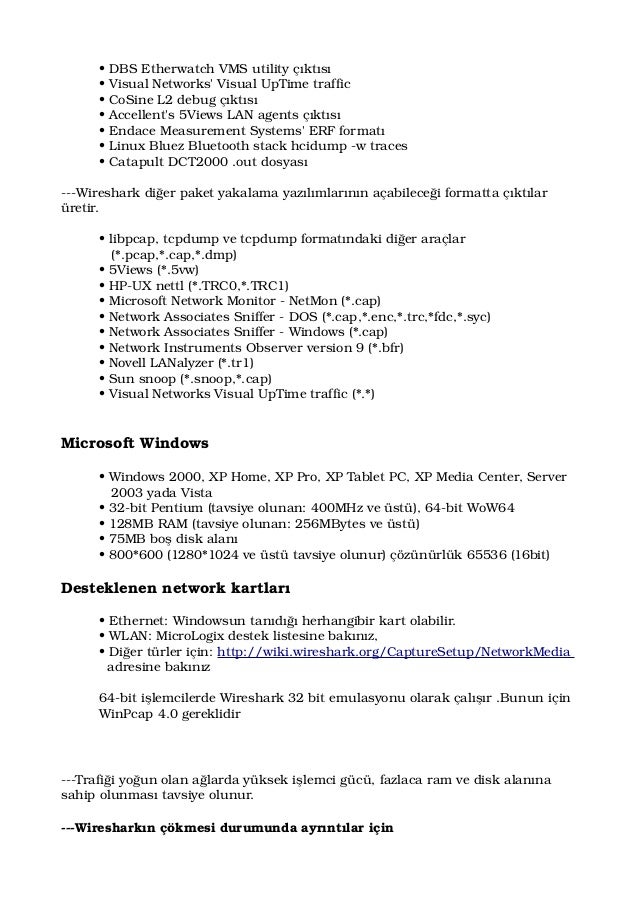

Traceroute sends a UDP packet with a TTL = 1 from the source to destination.The asterisk (*): Denotes probe timeout which means that the router at that hop doesn’t respond to the packet received from the source used for the traceroute due to firewall filter. On the internet, before the data reaches its final destination, it goes through several routers and a hop occurs when an incoming packet is forwarded to the next router. Data packets pass through bridges, routers, and gateways as they travel between source and destination.

Hop: A hop is one portion of the path between source and destination. TTL: The time-to-live value, also known as the hop limit, is a mechanism that limits the lifespan or lifetime of data in a computer or network. It uses the ICMP error-reporting messages –Destination Unreachable and Time exceeded. Traceroute sends a UDP packet to the destination by taking benefit of ICMP’s messages. It traces the path of a packet from the source machine to an Internet host such as by calculating the average time taken each hop. Traceroute or Tracert: It is a CUI based computer network diagnostic tools used in UNIX and Windows-like system respectively. In this Post, we are going to discuss working with traceroute using UDP/ICMP/TCP packets with the help of Wireshark.


 0 kommentar(er)
0 kommentar(er)
